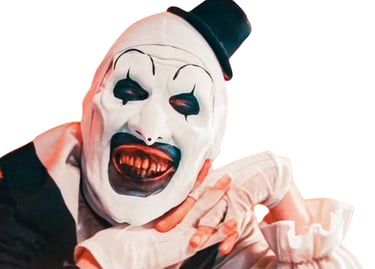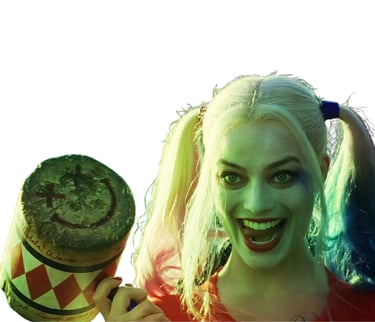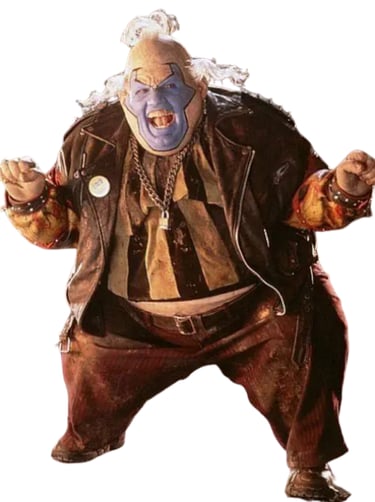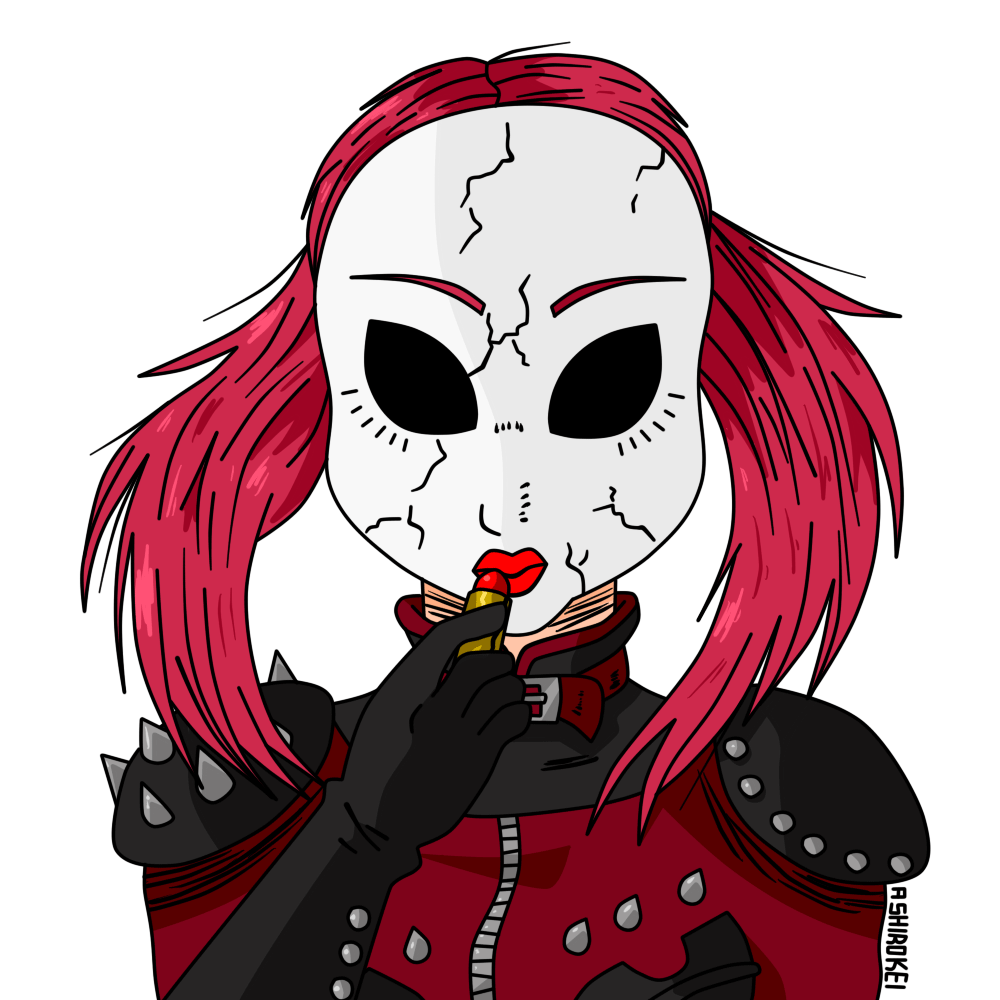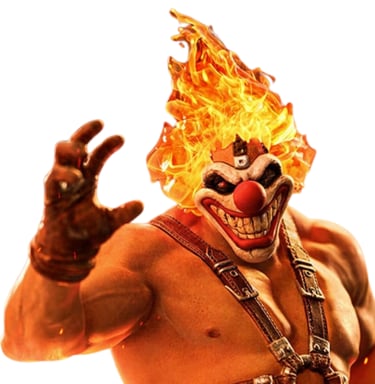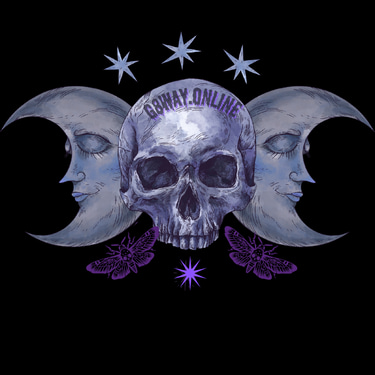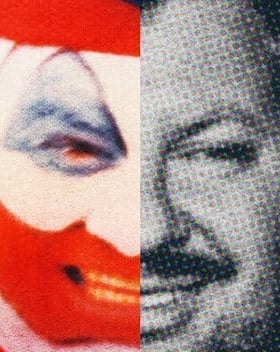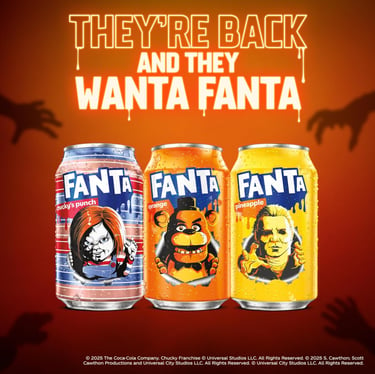Joker: The rotten G-rated vanilla creampuff. Each version of DC's Joker has been lackluster, to say the least.
The persona is overly animated, and a boring jerk. Clowns are in some roundabout way are supposed to make one laugh. Not this one. No chuckle not even a scoff. Since Ceasar Romero to Nicholson, to Leto and Pheonix. Nada. Nothing, Zip, zero zilch. Just doesn't do "it" for me. Others concur as well, hence the emergence of Harley Quinn. The Joker most certainly needed some pizzazz.
-Temperament: anarchic, philosophical, chaotic. He doesn’t just kill — he *performs* the killing. He sees murder as art, prank, and protest all in one.
-Killing style: from bombs to knives to psychological terror — he uses the clown imagery to maximize fear and dislocation.
-Backstory: varies by version — often a failed comedian, a victim of society, or a man who fell into the vat of chemicals.
-His clown face is both mask and statement.
Why he matters: Because unlike some clowns who just kill — Joker *re-defines* why clowns kill. It’s not the hat-trick, it’s the message.
Harley Quinn: the chaotic sidekick turned standalone star, originally dreamt up to give the Joker a touch of heart (or at least a woman crazy enough to tolerate him). While she’s not your typical “killer clown,” Harley wears her jester colors loud and proud — equal parts brilliance, heartbreak, and unhinged charm. Honestly, she’s tragic: a whip-smart woman hopelessly hung up on a corny, sadistic narcissist who treats her like trash — and does it publicly. Everyone sees it. Everyone. Maybe that’s why she eventually swung her bat elsewhere, finding love and purpose beyond the clown prince of crime. Ironically, in trying to love the Joker, she became the real clown — for him.
-Temperament & style: playful, unpredictable, emotionally unstable — the kind of character who flips from bright-fun to brutal with little provocation.
-Killing style: chaotic, impulsive, motivated by love/hate relationships (as with the Joker) and a twisted sense of what she considers fun.
-Why she’s on this list: She blends the clown aesthetic with the villain psyche — proving that the clown motif doesn’t always have to be pure horror to be demented.
